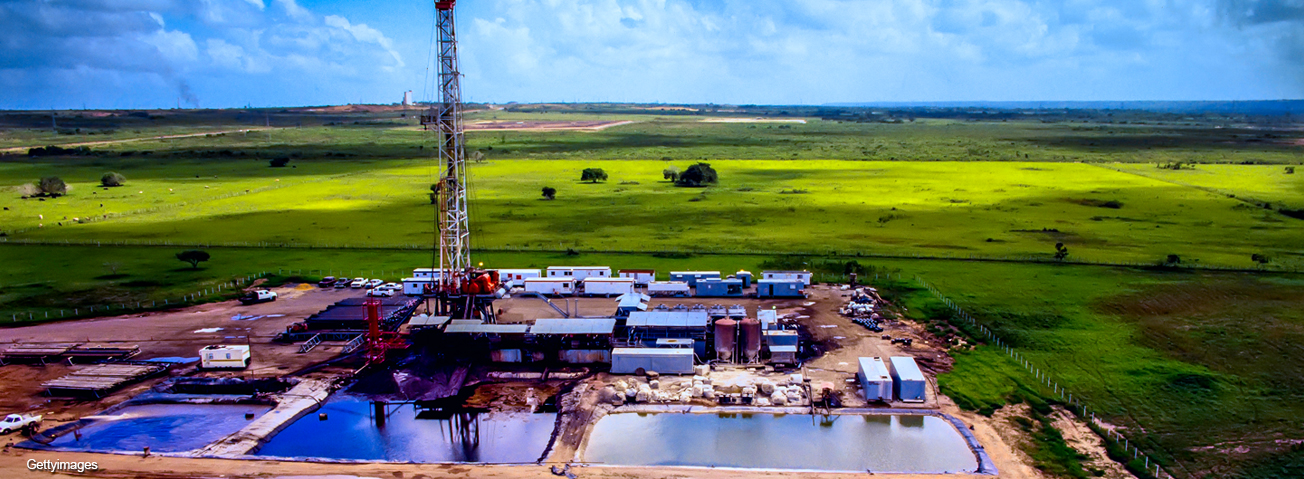
Farm Operators Owned $19.1 Billion in Oil and Gas Rights, Which Generated $3.8 Billion in Payments in 2014
- by Claudia Hitaj
- 7/2/2018
From 2005 to 2014, high energy prices and innovation in extraction methods enabled U.S. production of oil and gas to grow by 69 percent, with almost 67 percent of overall production occurring on farmland. The growth generated tens of billions of dollars of additional revenue for owners of oil and gas rights and increased the value of those rights. In 2014, farm operators owned $19.1 billion in oil and gas rights that generated $3.8 billion in payments through leases with energy firms.
These payments accounted for about 4 percent of net cash farm income nationally in 2014 but made up a more substantial portion of farm income in oil and gas production regions. Total payments accounted for 11 percent of net cash farm income in oil and gas counties across all States—and about 30 percent in Oklahoma, Pennsylvania, and Texas. Respectively, these States received about $1.2 billion, $0.6 billion, and $0.5 billion in oil and gas payments.
The ability of landowners to profit from oil and gas development on their land depends on whether they own the oil and gas rights associated with their property. Separate ownership of the surface and subsurface rights is quite common, particularly when shale formations lie above or below conventional oil and gas fields with a history of drilling, because oil and gas rights may have been sold during a prior development period. Nationally, about 5 percent of farm operators in 2014 reported ownership of oil and gas rights with positive value. In oil and gas counties, 11 percent of farm operators reported owning oil and gas rights with positive value—and in Oklahoma and Pennsylvania, the share was 14 percent.
Among operators who received oil and gas payments, the distribution of payments was quite skewed: oil and gas payments to the top 10th percentile of farm operators were more than 18 times larger than those to the bottom 50th percentile. The average payment ($43,736) was almost seven times larger than the median payment ($6,600). By comparison, net cash farm income for operators receiving payments was less skewed, with the average income ($89,147) about four times larger than the median income ($20,301).
This article is drawn from:
- Hitaj, C., Weber, J.G. & Erickson, K. (2018). Ownership of Oil and Gas Rights: Implications for U.S. Farm Income and Wealth. U.S. Department of Agriculture, Economic Research Service. EIB-193.
You may also like:
- Hitaj, C. & Suttles, S. (2016). Trends in U.S. Agriculture's Consumption and Production of Energy: Renewable Power, Shale Energy, and Cellulosic Biomass. U.S. Department of Agriculture, Economic Research Service. EIB-159.


